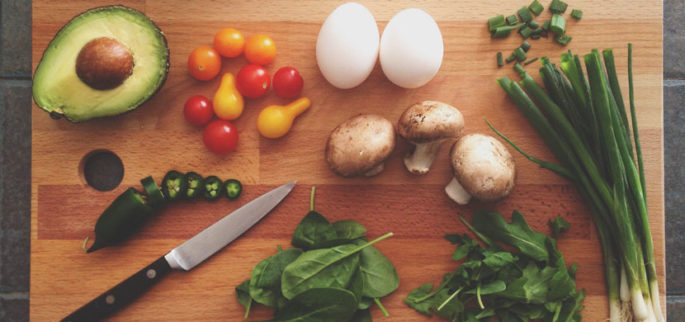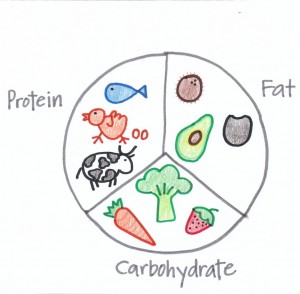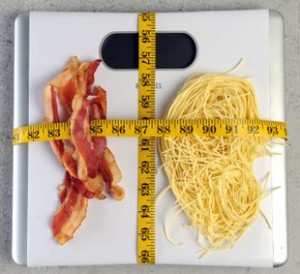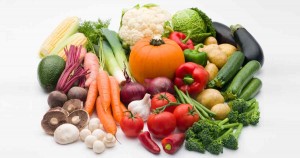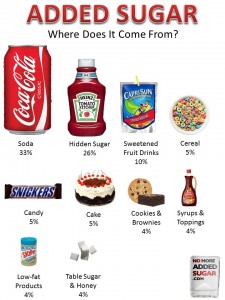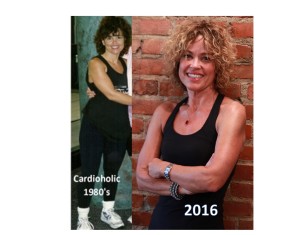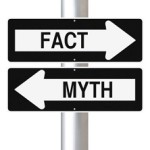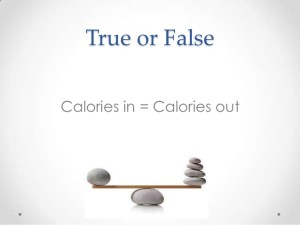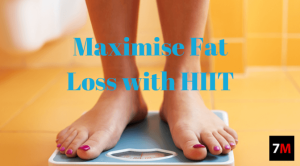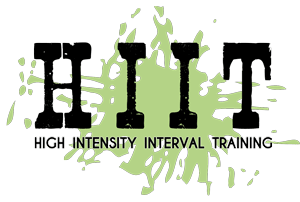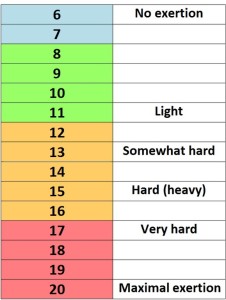The Power of Three.
Three years. Three Hips. Three Weeks. Three days.

It’s been three weeks and three days since my third hip replacement, each of which I have had exactly three years apart.
Seems like a pattern here. A pattern that needs to stop.
It’s not that I don’t like hospitals (I don’t like hospitals), or my doctors (two out of three ain’t bad), or pain (the myth about women having a higher pain tolerance is untrue); it’s about all the questions about why, why, why Tina- why YOU?
I guess it would be normal for people to think that my being reasonably young (for a hip replacement) and proactive and fit, that I would be able to avoid these constant revisions.
“Do you think you did too many step classes?” (spinning classes, aerobic classes, etc) “Did you cut your physical therapy too short?” “Maybe you came back too soon?” “Do you have osteoporosis?” “What’s wrong with your bones?”
The implication seems to be (no matter how unintentionally), that I did something to create my situation. And I guess I did. I was born… to parents who also had arthritis; a condition that most of us will develop to some degree as we age. I just happened to be one of those who developed it early.
I don’t mean to sound testy. I get it. No one wants to believe you have to have three hip replacements before your mid fifties to get it right. But I did. And it sucks.
The Good News.
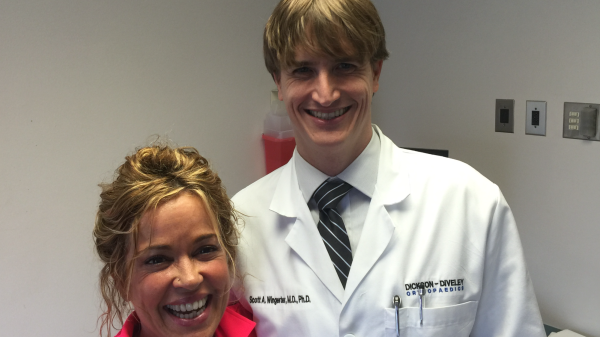
My physician, Dr. Scott Wingertner, (who may look like he’s twelve but is actually a brilliant surgeon), told me he’s very confident this will be my last revision. Yeah!!!
There was a problem after all with my bones: they were too hard! Hard enough that it was difficult to scrape down far enough into the bone bed to get a secure set of the cup- harder still to drill in the multiple screws that we trust will keep the damned thing in place this time. The irony of course is that my bones were not too soft to hold the cup in place, but too hard! Now that’s freaking hilarious!
The recovery too will be hard. Hard because the incision was different. Hard because I’m that much older and my poor muscles are confused having performed acrobats to accommodate the previous surgeries. That means it’s going to take more time to recover. That means I’m going to have to stay quiet, follow directions, take it slow and mind my manners- all traits that are not organically Tina. You see my dilemma.

Boredom and Buried Treasure
So it’s been three weeks and three days since my surgery. It took two weeks to get out of bed, three weeks to toss the walker and three weeks and three days to feel like my brain is clear enough to write this blog.
It will be three months I am told, before I can return to work and a normal schedule. Are you kidding me? Yeah, that’s exactly what I said. But it’s true. So what am I to do?
I think a good place to start is being grateful.
If there’s one thing getting set on your ass will show you, it’s who your friends are. I’ve been blown away (and I mean blown away) by the amazing support of my friends, family and community. Daily cards, emails, texts, meals, flowers, gifts and wishes for healing have humbled me and brought me to tears. If one of life’s big lessons is to learn to be vulnerable, trust and accept, then I am getting my Phd.
Any entrepreneur would be nervous about leaving their business in the hands of others, but my amazing 1901 staff and coaching community have shown me just how powerful a team can be when they share the same values and vision. They’ve not missed a beat in taking care of our clients, of one another, and me.
You might think learning life goes on without you would pop your balloon, but it’s given mine an unexpected rise instead. I might actually be able to use this time to focus on all those things I’ve been saying I want to do instead of chasing my tail worrying about what might be falling through the cracks. My gratitude to my staff is immense for this. To this I can only say, thank you, thank you, and thank you.

The Book
Many of you know, I’ve been talking about writing a book for sometime. Now, it seems, I have no excuse. I have the time and I have the support to write it. So, (and I know this public statement is going to cause me some major 2 am anxiety), I am going to begin writing more regularly and trust that the book takes shape.
So what is this book about? It’s about you. It’s about everything I’ve learned (and am still learning) from you all these years teaching health and fitness. It’s about your questions, your frustrations, your desires and your fear of failure. It’s about possibility and freedom and daring to live your best life every day.
That’s what the book is about! Do I have the answer? NO. Do I have a solution.
YES, I do! Many! And the suggestions I will make are culled directly from the lessons learned by living and working and playing with you, my friends and family and clients.
About this time, you’re thinking, okay Tina, let’s step away from the hydrocodone.
But, it’s not the drugs. (I am writing this sans pain medicine) If I seem high, it’s because I’m so excited about sharing your stories. I’ve seen first hand the miracles that happen when ordinary people make the decision to create profound change in their lives, simply by shifting their beliefs- by accepting that they have the power to do so.

John Irving wrote, “Good habits are worth being fanatical about.” So pardon me if I sound a bit fanatical. I’ve been at home for three weeks, eating good food lovingly prepared by my partner, my friends, my staff and my awesome community. I’ve had time to reflect on what’s most important to me, who’s most important to me, the casual treasures of every day life, and the poignancy and potential of random acts of kindness.
When I was a kid, complaining because I was restless and bored, my Mom used to say, “Only boring people are bored,” but never suggested what else I might do. I guess she was what you might call a ‘do it yourself parent’, a fact that I hadn’t fully appreciated perhaps, until now.
So Mom, I hear ya loud and clear. I ain’t bored and I sure as hell ain’t boring. I’ve found something to do.
***************************************************************


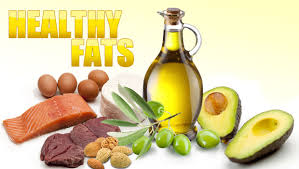 Is Eating Fat Bad for You?
Is Eating Fat Bad for You?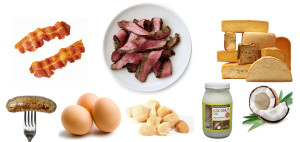 “Saturated Fats” found in animal products like milk, meat, cheese, lard, and butter may also be found in plant sources like coconuts. Saturated fats are usually solid at room temperature and have been credited with increasing our risk for heart and cardiovascular disease. That’s because the research showed that eating saturated fats increased our blood fats and cholesterol which was associated with greater risk for heart disease.
“Saturated Fats” found in animal products like milk, meat, cheese, lard, and butter may also be found in plant sources like coconuts. Saturated fats are usually solid at room temperature and have been credited with increasing our risk for heart and cardiovascular disease. That’s because the research showed that eating saturated fats increased our blood fats and cholesterol which was associated with greater risk for heart disease.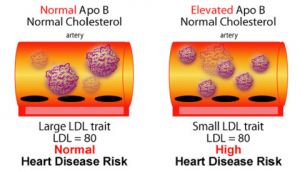 Further, scientists have discovered that our LDL lipoproteins come in two sizes and consistencies, small and dense and large and fluffy,
Further, scientists have discovered that our LDL lipoproteins come in two sizes and consistencies, small and dense and large and fluffy,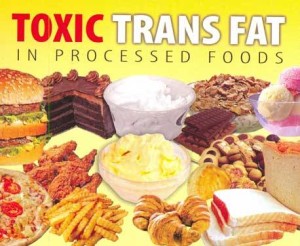 The real enemy in fighting fat is avoiding Transfats at all cost. Trans fats are man made hydrogenated oils that were designed to help extend shelf life of processed foods. Trans fat is often found in margarine, baked goods, prepared cookie dough and biscuits, and commercially fried foods and snack chips
The real enemy in fighting fat is avoiding Transfats at all cost. Trans fats are man made hydrogenated oils that were designed to help extend shelf life of processed foods. Trans fat is often found in margarine, baked goods, prepared cookie dough and biscuits, and commercially fried foods and snack chips
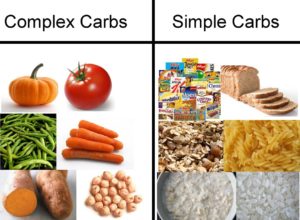 Complex carbs: Carb-containing foods that are in their whole, unprocessed form. Foods in this category include fruits, vegetables and legumes.
Complex carbs: Carb-containing foods that are in their whole, unprocessed form. Foods in this category include fruits, vegetables and legumes.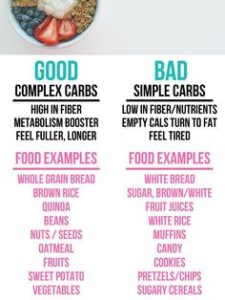 Health benefits of Complex Carbs
Health benefits of Complex Carbs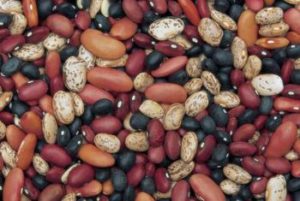 There are billions of “good” bacteria lining your intestines. They’re known as your gut microbiota. They play a role in managing several digestive disorders and have been linked to various other aspects of health.
There are billions of “good” bacteria lining your intestines. They’re known as your gut microbiota. They play a role in managing several digestive disorders and have been linked to various other aspects of health.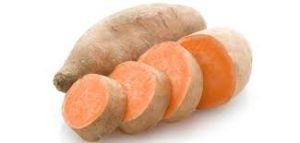 Inflammation is the body’s natural response to infection or injury. However, long-term inflammation can increase the risk of several chronic diseases. While sugary foods and refined flours promote inflammation, complex carbs help reduce inflammation.
Inflammation is the body’s natural response to infection or injury. However, long-term inflammation can increase the risk of several chronic diseases. While sugary foods and refined flours promote inflammation, complex carbs help reduce inflammation.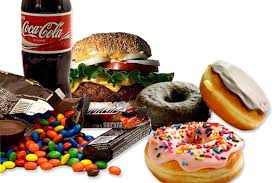 Simple carbs like refined grains and added sugars are horrible for your body.
Simple carbs like refined grains and added sugars are horrible for your body. Increased heart disease risk: Sugar and refined grains increase heart disease risk. A study found those who ate the most refined grains were 2–3 times more likely to develop heart disease than those who ate the least.
Increased heart disease risk: Sugar and refined grains increase heart disease risk. A study found those who ate the most refined grains were 2–3 times more likely to develop heart disease than those who ate the least.
 Take it from me, the Ex-Cardio Queen of Kansas City, “MORE” doesn’t always lead to “LESS” of you.
Take it from me, the Ex-Cardio Queen of Kansas City, “MORE” doesn’t always lead to “LESS” of you.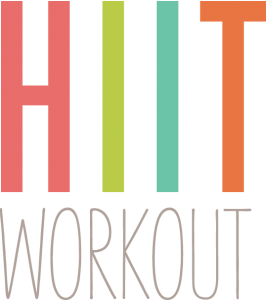
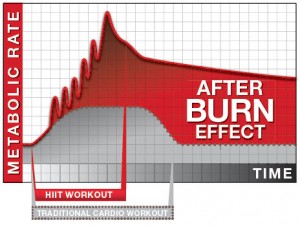
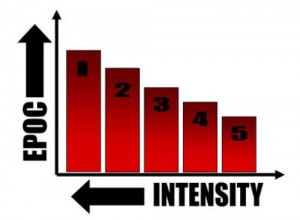



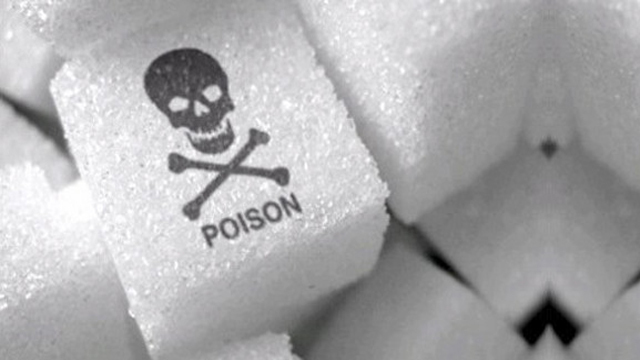
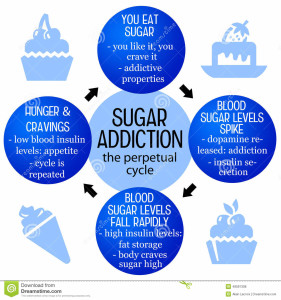
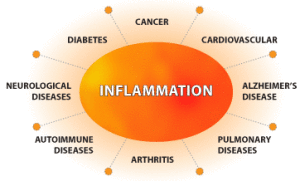
 l scale created to measure how acidic or alkaline a fluid or substance is. It ranges from 0 (most acidic) to 14 (most alkaline) with 7 being neutral. The more alkaline a food is, the more detoxing it is. Alkaline foods feed and regenerate the body instead of deplete it. In addition, they are packed with live nutrients that help detoxify the body. You need both alkalizing and acidic foods.
l scale created to measure how acidic or alkaline a fluid or substance is. It ranges from 0 (most acidic) to 14 (most alkaline) with 7 being neutral. The more alkaline a food is, the more detoxing it is. Alkaline foods feed and regenerate the body instead of deplete it. In addition, they are packed with live nutrients that help detoxify the body. You need both alkalizing and acidic foods.
